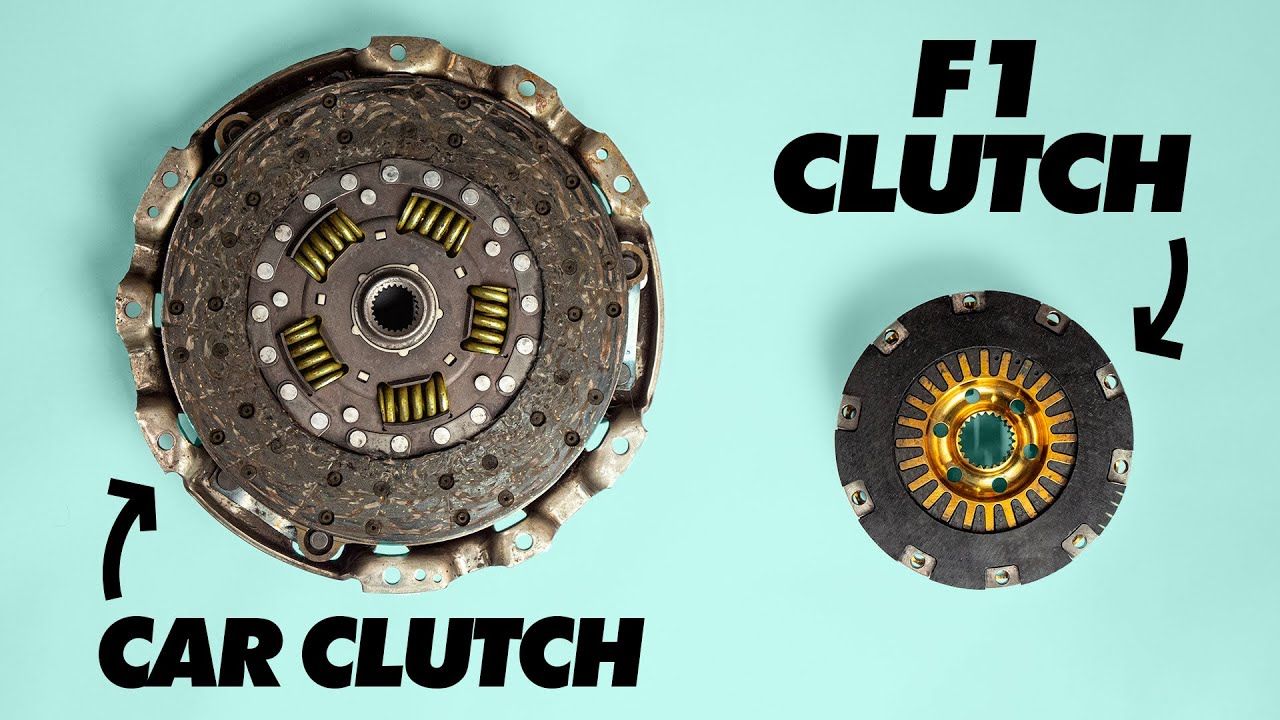Clutch in F1 cars
The use of a clutch in an F1 car is essential for drivers to shift gears quickly and precisely during a race.
A Formula One clutch is found between the engine and the gearbox. It is very small yet very significant in transferring power from powertrains to the gearbox. The clutch is produced by two manufacturers, AP Racing and Sachs, and it uses carbon-carbon plates. The clutch is very important in enhancing the performance of race cars. It is well adapted for faster gear changes.

Each clutch weighs less than 1.5 kg and is made up of the basket, the inner and outer clutch plates, springs, the hub, and the closing plate. The Formula One clutch is less than half the size of ordinary clutches and can heat up to 1000 degrees. The clutch is also positioned uniquely. Drivers utilize the dual paddle setup on the back of the steering wheel when they want to manually use the clutch. The clutch is only manually operated when the driver needs to stop.
The clutch is normally used in race starts. The clutch is made up of two paddles, one with a pre-set position and the other fully depressed. Then it is released as quickly as possible, while the other is gradually released until the driver feels that there is significant traction to take control properly with his right foot.

The clutch is also used when changing gears. When a driver changes gears, he does not operate the clutch himself. After the driver flicks the paddle, the ignition is cut by the ECU. The clutch will then be depressed electronically and will switch ratios. Given the seamless shift gearboxes, this happens quite quickly. If the biting point is set up perfectly, the electronics themselves and the driver’s reflexes are absolutely on point, and even a driver fifth or sixth on the grid can challenge for the lead into turn 1.